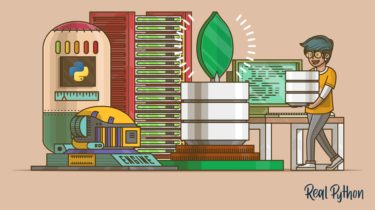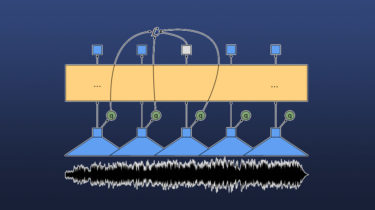Introduction to MongoDB and Python
Python is a powerful programming language used for many different types of applications within the development community. Many know it as a flexible language that can handle just about any task. So, what if our complex Python application needs a database that’s just as flexible as the language itself? This is where NoSQL, and specifically MongoDB, come in to play. Throughout this article we’ll show you how to use Python to interface with the popular MongoDB (v3.4.0) database, along with […]
Read more




